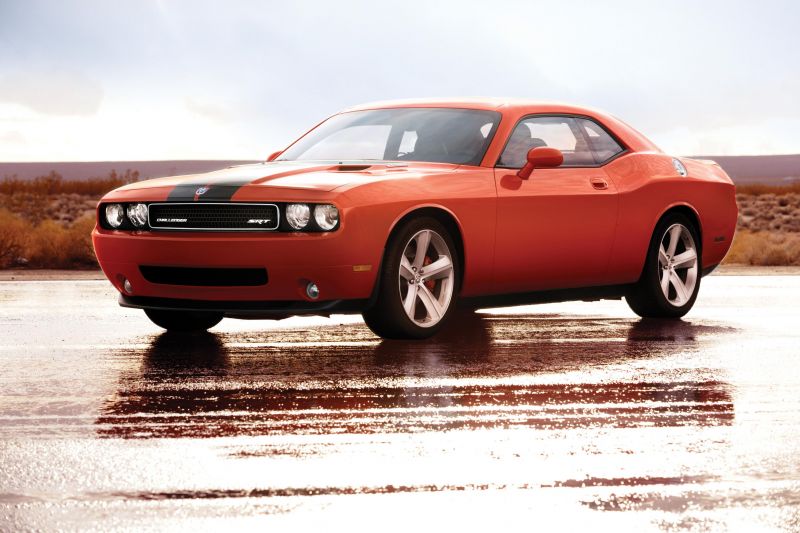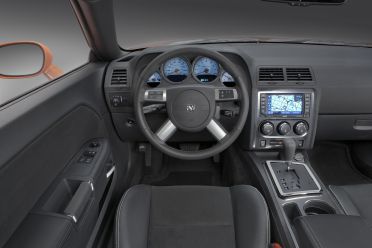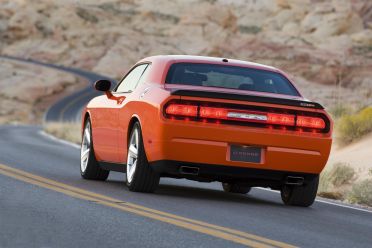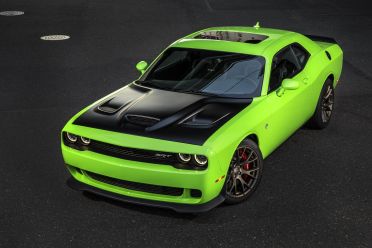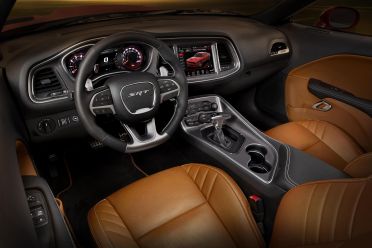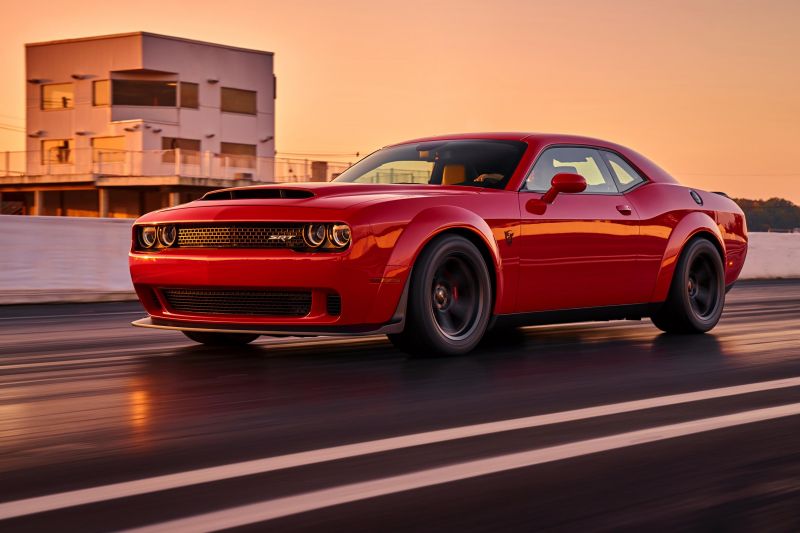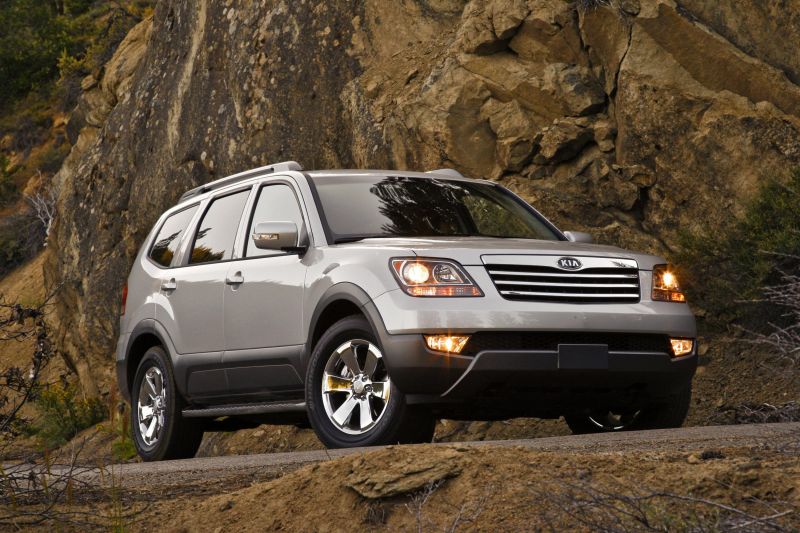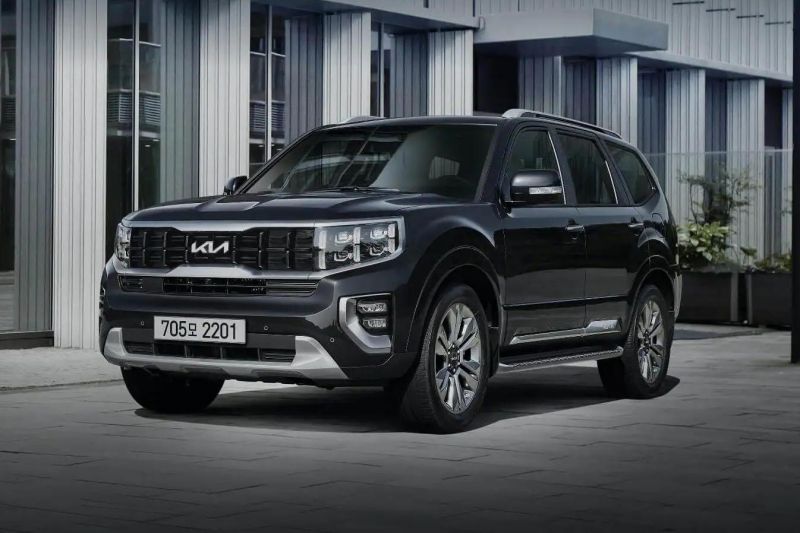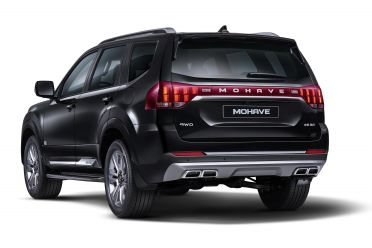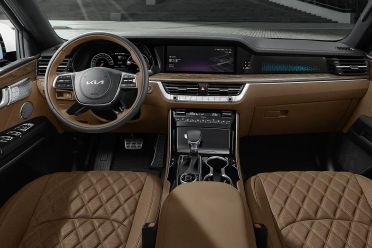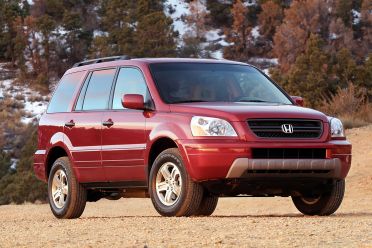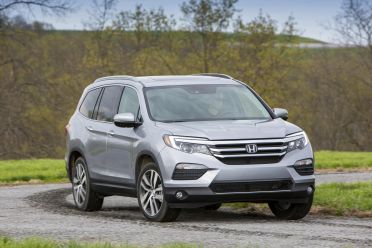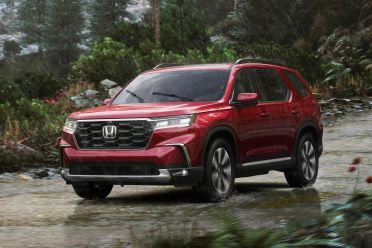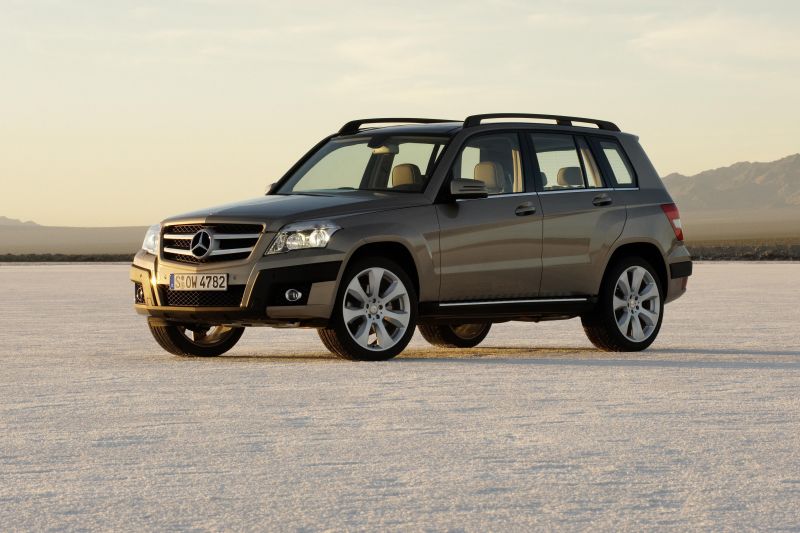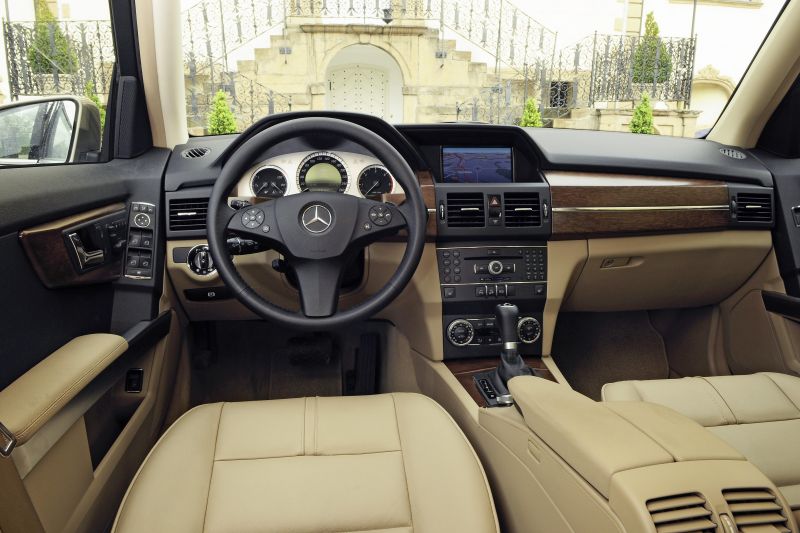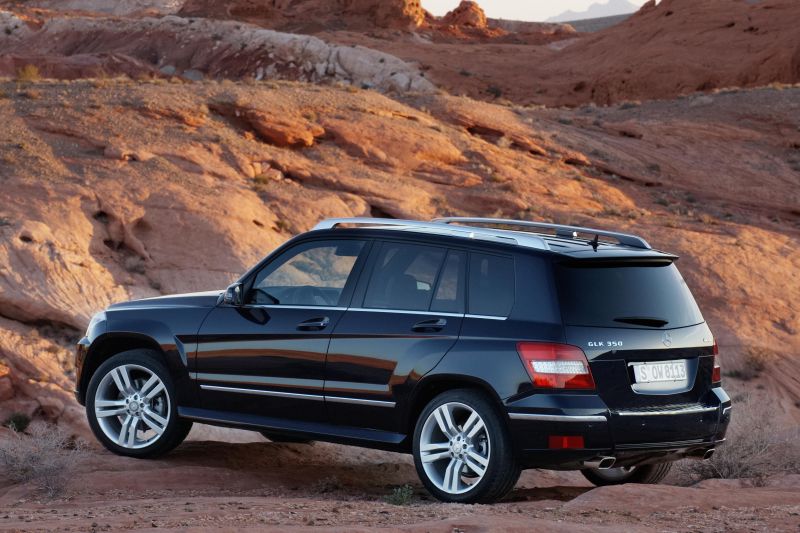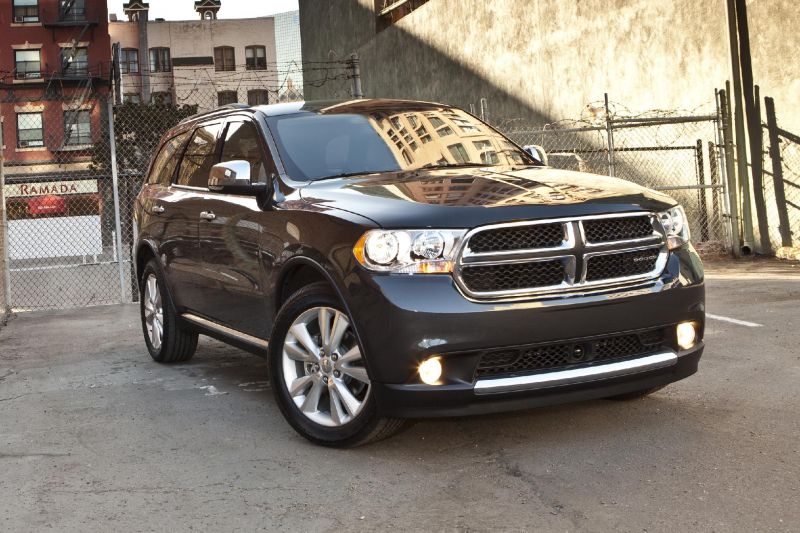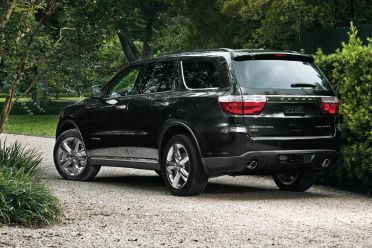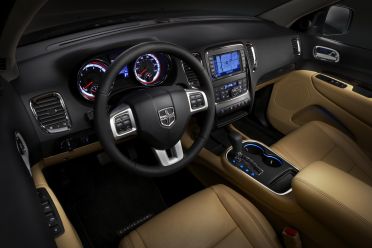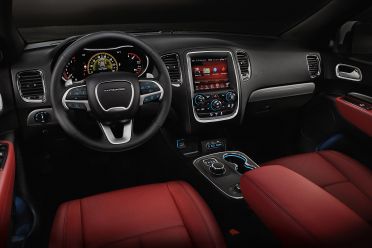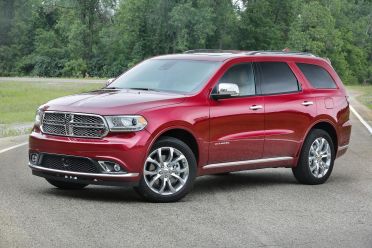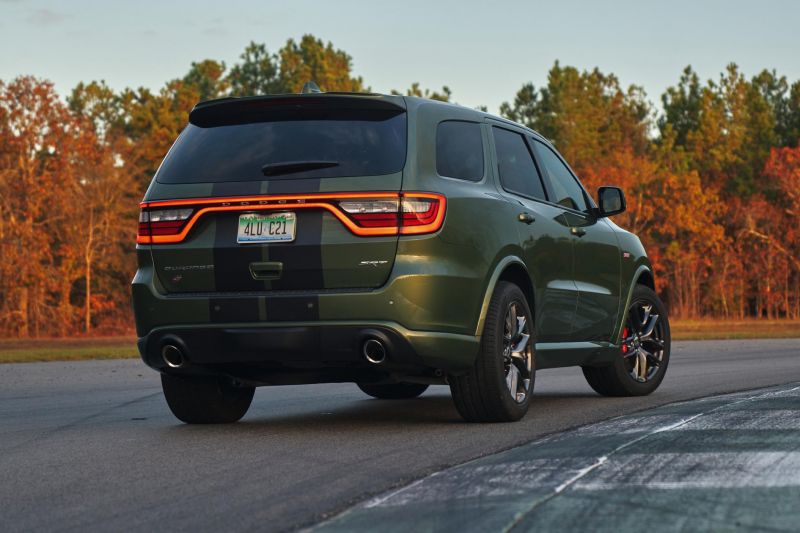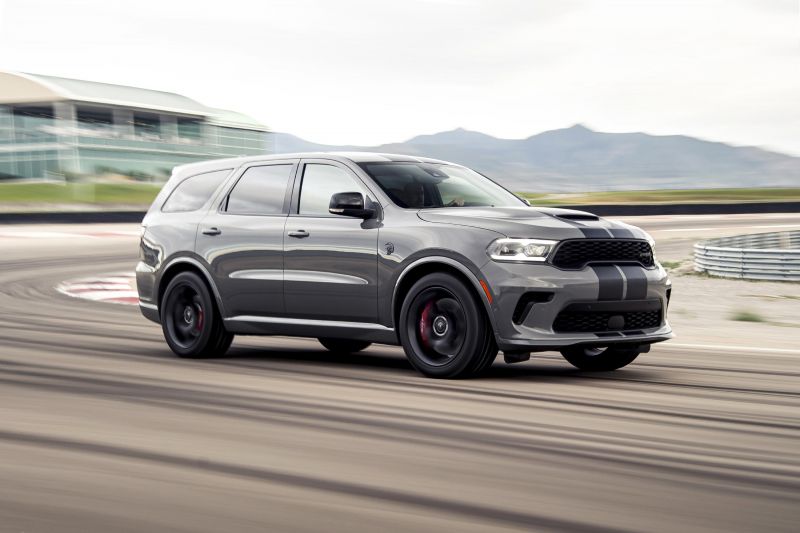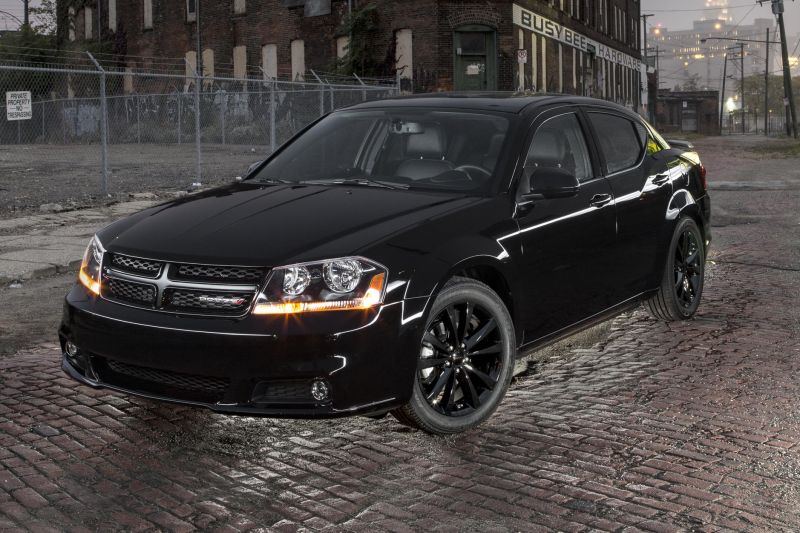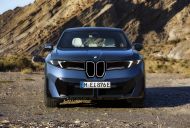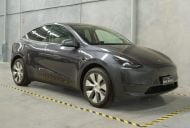The Australian car market is exceptionally diverse, with a staggering number of brands competing for around a million sales every year.
But while we have a bevy of brands here, we still miss out on myriad vehicles which would likely do well here – you need only look at Ford’s global product portfolio for proof of this.
Looking back at the past 20 years, there are various vehicles which stand out for being particularly well-suited for our market but which we sadly missed out on. Here are a few.
Dodge Challenger
After a brief run of converted right-hand drive Mustangs between 2001 and 2003, Ford finally introduced a factory right-hand drive pony car in 2015 with the sixth-generation model.
But there’s one Mustang rival (well, there’s the Chevrolet Camaro too, but we’ll cover that in a separate article) that was introduced before the sixth-generation Mustang and which could have been a star in Australia: the Dodge Challenger.
The Challenger was never offered in right-hand drive from the factory, which is disappointing as it could have been a powerful halo model for the Dodge brand globally.
It also rode a platform closely related to that of the Chrysler 300 sold in both left-hand drive markets and right-hand drive markets like ours.
Unlike the 300 or related Dodge Charger and Magnum, you could get a V8 engine with a manual transmission.
Actually, there were two V8s available with a manual: the 5.7-litre in the R/T, and the 6.1-litre of the SRT8. The base engine was a 3.5-litre V6.
Does the Challenger have the name recognition of the Mustang? Absolutely not. In fact, Dodge mightn’t have even been able to call it that here, as Mitsubishi’s Pajero Sport predecessor already wore the name.
But given the Chrysler 300 was popular for some time, in large part due to its brash American styling and available V8, it stands to reason the Challenger could have beaten the Mustang to the punch and become a strong seller – at least for a coupe.
The Challenger actually grew in popularity in the US the older it got, overtaking the Camaro. It was never as nimble as its rivals, but it had a back seat that could actually fit adults.
Dodge gave the Challenger various performance upgrades during its run, including a more powerful base engine (displacing 3.6 litres) and a torquier 6.4-litre V8 for the SRT8 in 2011.
2015 brought an interior with improved material quality and a new design. The exterior also received detail changes.
More exciting was the introduction of the SRT 392 and SRT Hellcat that year. The former replaced the SRT8 and had a more powerful 6.4-litre V8, while the Hellcat packed a supercharged 6.2-litre rated at 527kW of power and 881Nm of torque. This engine was also offered in Australia in the Jeep Grand Cherokee Trackhawk.
Dodge wasn’t done tapping the Challenger’s performance potential, introducing the Demon in 2018 that pumped out 603kW on 91-octane fuel and 626kW when filled up with 100-octane fuel. It was followed in 2023 by the Demon 170, which pumped out a dizzying 764kW and 1281Nm.
Even if these wild Hellcat and Demon models hadn’t come here, it’s not hard to imagine the Challenger putting the fight to the Mustang in Australia with its bold, retro American styling and available V8 power.
Kia Borrego/Mohave
The Jeep Grand Cherokee briefly overtook the Toyota Prado in popularity in large part due to the availability of a V6 diesel.
That’s something Toyota still doesn’t offer – at least not in the Prado – while it took until late 2022 for Ford to introduce a V6 diesel in its Everest.
But did you know Kia has offered a similarly sized body-on-frame off-roader since 2008, which since 2010 has been offered with a V6 diesel?
The Mohave was first introduced in 2008, and was initially offered with a choice of 3.8-litre V6 and 4.6-litre V8 petrol engines.
It was developed with the US market in mind, where it was called the Borrego (after another American national park, though they spelled this one correctly).
Kia launched it in the US in 2008, effectively at the worst possible time. There was a financial crisis and fuel prices were high, and sales of body-on-frame SUVs this size were plummeting as a consequence. Kia ended up discontinuing the Borrego after a single model year.
But the off-roader lived on in Korea, even receiving a bolder facelift in 2019 that only slightly messed with the car’s clean, Peter Schreyer-penned exterior.
Its 3.0-litre turbo-diesel V6 pumps out 189kW of power and 560Nm of torque – 5kW more than an Everest with the same size engine, but down 40Nm.
Had the Mohave come here with petrol engines, it mightn’t have been successful. But with a diesel, however, it could have been a modest hit for the brand. Alas, it was only ever produced in left-hand drive.
The Mohave continues to be offered in Korea, and it’s unclear if or when it will be replaced.
Honda Pilot
Not since the 2003-07 MDX, a rebadged, premium-priced Acura, has Honda been able to offer buyers a larger SUV to slot in above the CR-V.
That has meant if you wanted a Honda with third-row seats that can fit more than just small children, you’ve had to get an Odyssey. Convincing SUV buyers to get a people mover instead is a tough sell, even if they’re typically more practical, and now Honda doesn’t even offer the Odyssey here.
The US has always been a crucial market for Honda, and it has long offered vehicles tailored for there. That includes the unibody Ridgeline ute (since 2006), a unique, larger Odyssey (since 1999), various premium Acura models, and the Pilot crossover.
The Pilot was first launched in model year 2003 as a rival to the Toyota Highlander (Kluger), and a platform-mate to the posher Acura MDX.
The original was a rather bland-looking affair, which was replaced in 2008 by a much bolder-looking model… which in turn was replaced by a blandly styled model in 2015.
The current fourth-generation model was launched late in 2022. Like every generation of Pilot, the only engine is a petrol V6 – a bit surprising considering Honda’s long history of hybrids.
This V6 puts out 212kW and 355Nm, and is mated with a 10-speed automatic transmission. The Pilot is offered with either front- or all-wheel drive.
Much like Subaru with the rival Ascent, Honda doesn’t even sell its flagship SUV in the Japanese market. There’s never been a right-hand drive Pilot, which means like the Japanese market we’ve always missed out.
Mercedes-Benz GLK
Why Mercedes-Benz didn’t engineer the GLK for right-hand drive is baffling.
The GLK entered production in 2008 as a rival for the BMW X3, which had been introduced here back in 2004.
Mercedes-Benz was already fashionably late to the segment, but by skipping the GLK in right-hand drive markets it was even more tardy.
By the time its GLC successor arrived here late in 2015, Mercedes-Benz had been not only severely beaten to the punch by BMW, but by Audi and Volvo with their Q5 and XC60, respectively, both arriving here in 2009.
The GLK had actually started development as an SUV for the Smart brand, almost two decades before that brand ended up introducing its first SUV.
The reason for the GLK being left-hand drive-only was due to the location of the driveshaft, which also prevented all-wheel drive versions of other Mercedes-Benz models from coming here.
But while, say, an all-wheel drive C-Class would have been a niche model at best, the GLK would have undoubtedly been a strong seller.
Mercedes-Benz conceded at the time it was a mistake to not develop the GLK in right-hand drive, particularly considering luxury SUV sales were booming. While there was talk during the GLK’s lifecycle of a potential right-hand drive version, evidently this was ruled out for cost reasons.
As the GLK launched in 2008, it wore the razor-sharp styling the brand was known for in this era… and had a finicky, button-heavy interior like other contemporary Benzes.
Though it was based on the same underpinnings as the W204-series C-Class, the GLK wore styling that was more like a baby GL – similar to how today’s GLB bears a resemblance to the GLS (née GL).
In stark contrast with today’s (second-generation) GLC, the GLK had a lineup brimming with six-cylinder engines. Only one engine had four cylinders (a 2.1-litre turbo-diesel), with the other options being 3.0-litre and 3.5-litre petrol V6s plus a 3.0-litre turbo-diesel V6.
Dodge Durango
Dodge arrived in Australia at a terrible time, at least from a product point of view.
Oh, sure, its vehicles featured unmistakably bold styling and neat features like cooled cupholders and tailgate speakers, but they were plagued by anaemic engines (the antithesis of the cars’ muscular styling) and cheap, plasticky interiors.
The good news is in the early 2010s, Dodge – whose parent Chrysler had divorced Mercedes-Benz and gone through bankruptcy proceedings – was overhauling its lineup.
This included rolling out a more powerful V6 engine and introducing much higher-quality interiors. By this point, however, Dodge’s global push was petering out.
We got the updated Journey, but by 2013 it was the only Dodge remaining in Australia. What could have been an American muscle brand in Australia ended up being the brand of a somewhat forgettable family SUV.
One vehicle that could have been really useful for not only Dodge but also FCA Australia was the Durango.
This was the third generation of Dodge’s large SUV, but unlike its body-on-frame, Dakota pickup-derived predecessors it shared its unibody underpinnings with the WK2-series Jeep Grand Cherokee.
It was introduced in 2010, and offered FCA’s new Pentastar V6 with 216kW and 350Nm plus an optional 5.7-litre Hemi V8 with 268kW and 530Nm.
The Jeep was selling up a storm in Australia around this time, even pushing past the Toyota Prado to become the best-selling large SUV on the market in 2014.
It lacked one thing, though: a third row of seating. And that’s something the Dodge had (and has – it’s still in production today!)
After its Commander exited production in 2010 – a vehicle which Chrysler CEO Sergio Marchionne later said was “was unfit for human consumption” – Jeep didn’t offer a three-row global SUV until the WL Grand Cherokee L that came here in 2022.
Having the Durango here could therefore have given FCA Australia a larger SUV to offer in Chrysler Dodge Jeep showrooms, to slot in above the Journey which was sold here only with front-wheel drive.
FCA Australia executives did confirm there were discussions with head office about a right-hand drive Durango but, much like discussions around a RHD Challenger and Charger, these didn’t lead anywhere.
The Durango was never offered with a diesel like the related Grand Cherokee, but that hardly hurt vehicles like the Toyota Kluger.
The Dodge did eventually get something other three-row SUVs couldn’t match, unless you were looking at luxury brands: a huge V8.
In addition to the 5.7-litre V8, Dodge added an even larger 6.4-litre V8 in 2018 with 354kW and 637Nm. Not content with leaving it at that, Dodge even put the Hellcat engine in the Durango for two separate, brief runs. This pumps out 529kW and 875Nm – that’s one quick school run!
While we’re talking 2010s Dodges, the updated Avenger might have had a better chance against rivals following its substantial 2011 facelift. It still had its square-jawed American styling, but had a vastly better-quality interior and an available Pentastar V6.
There was also the Charger, but this would have competed with the Chrysler 300.

